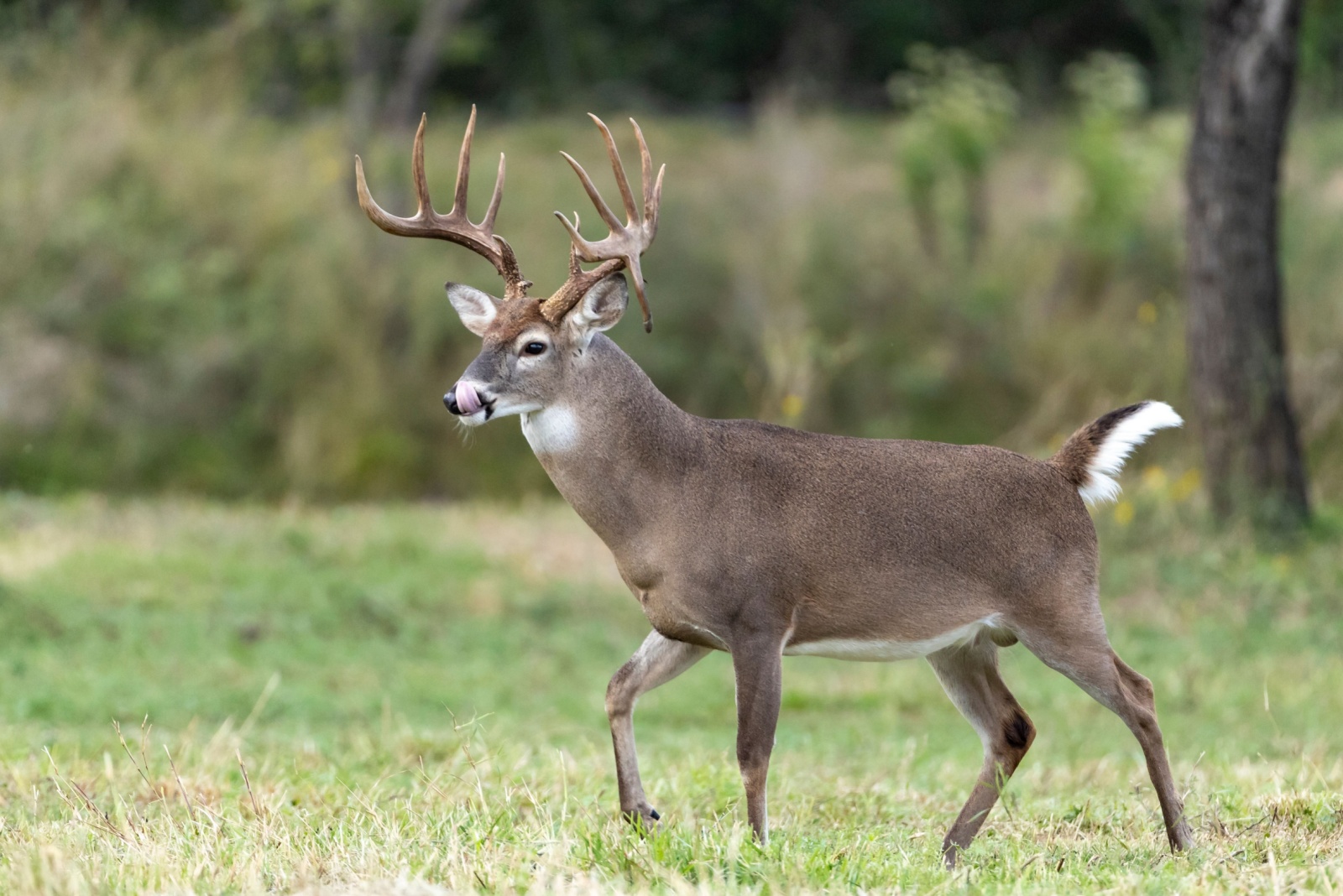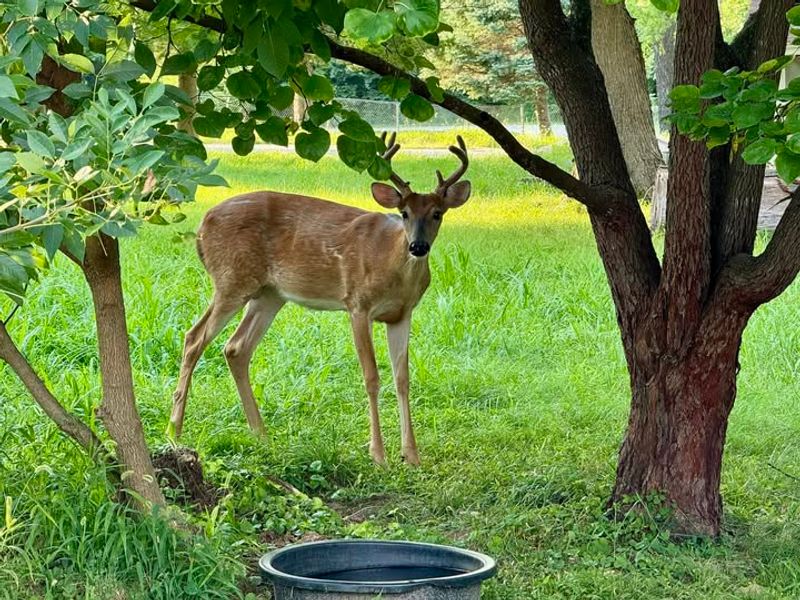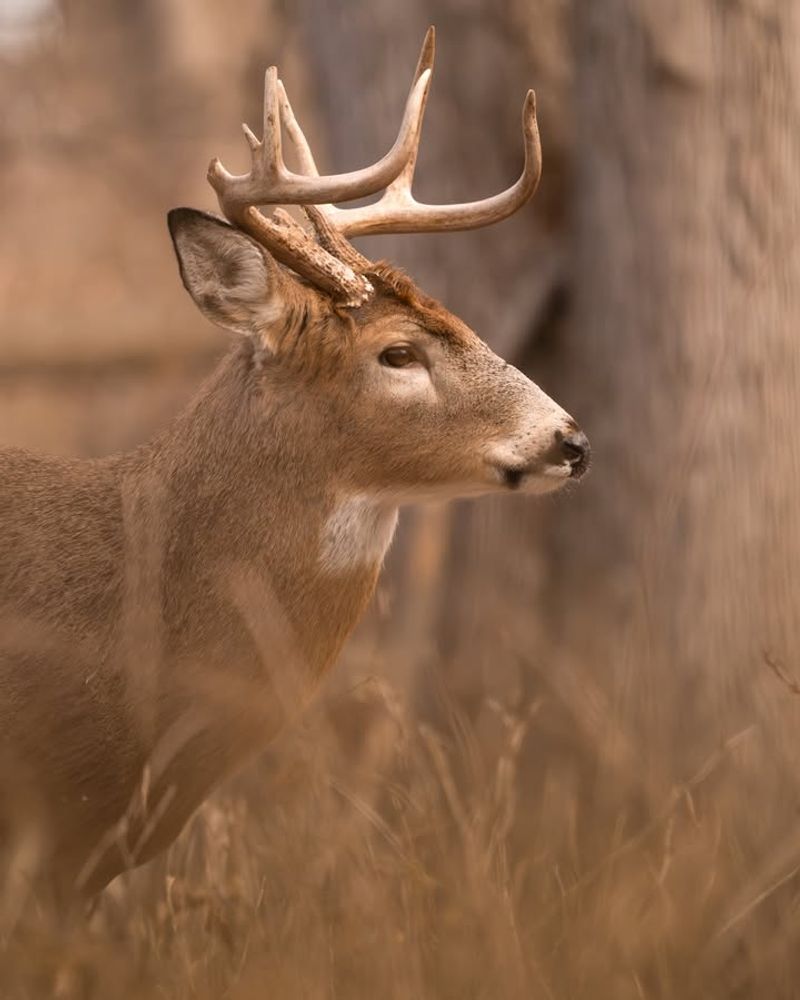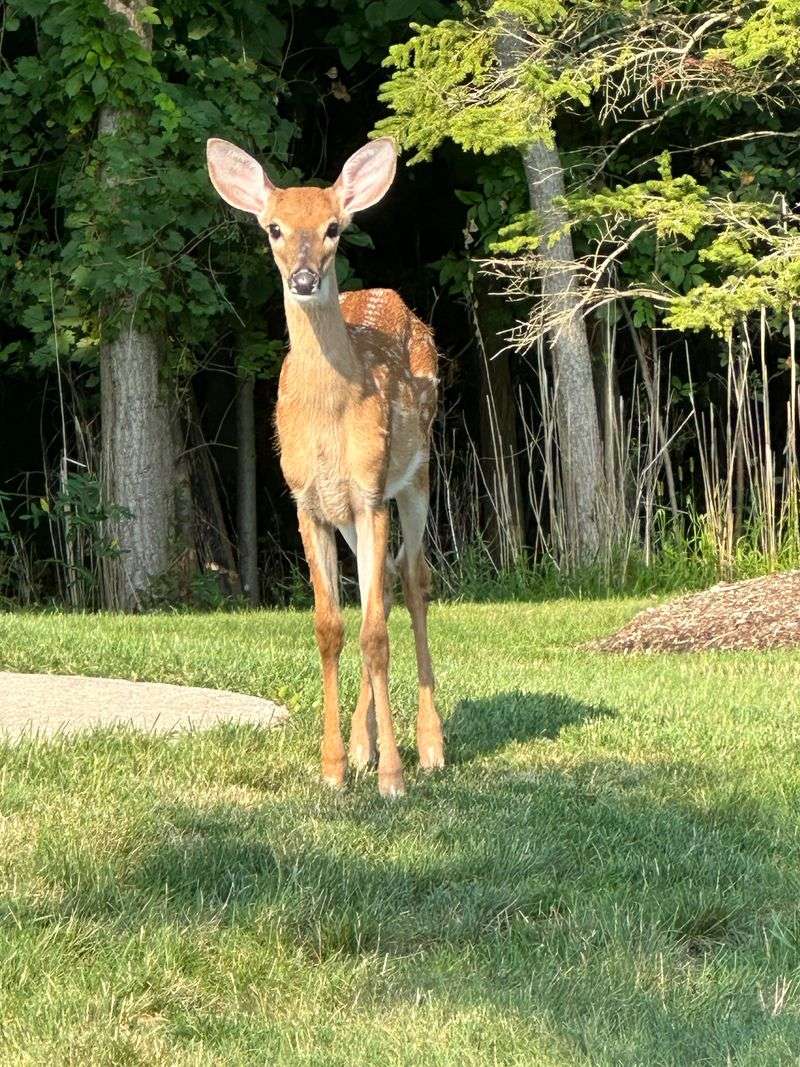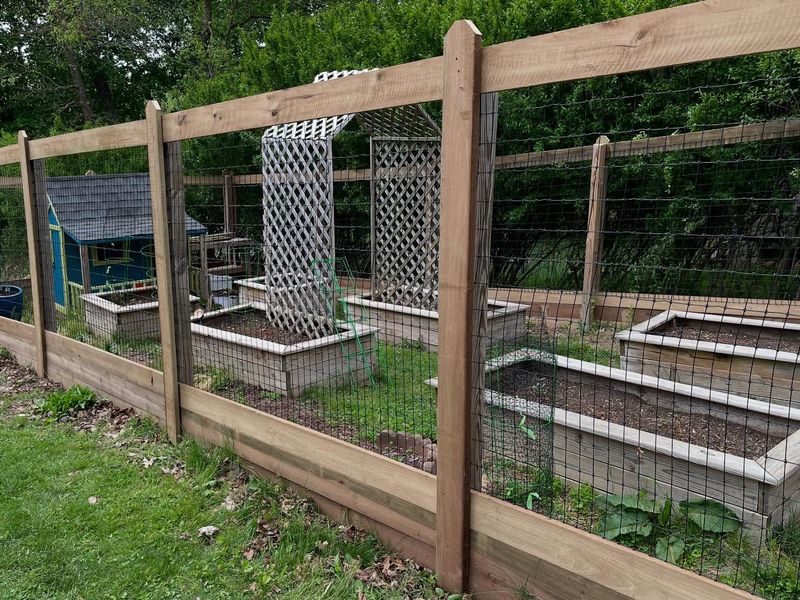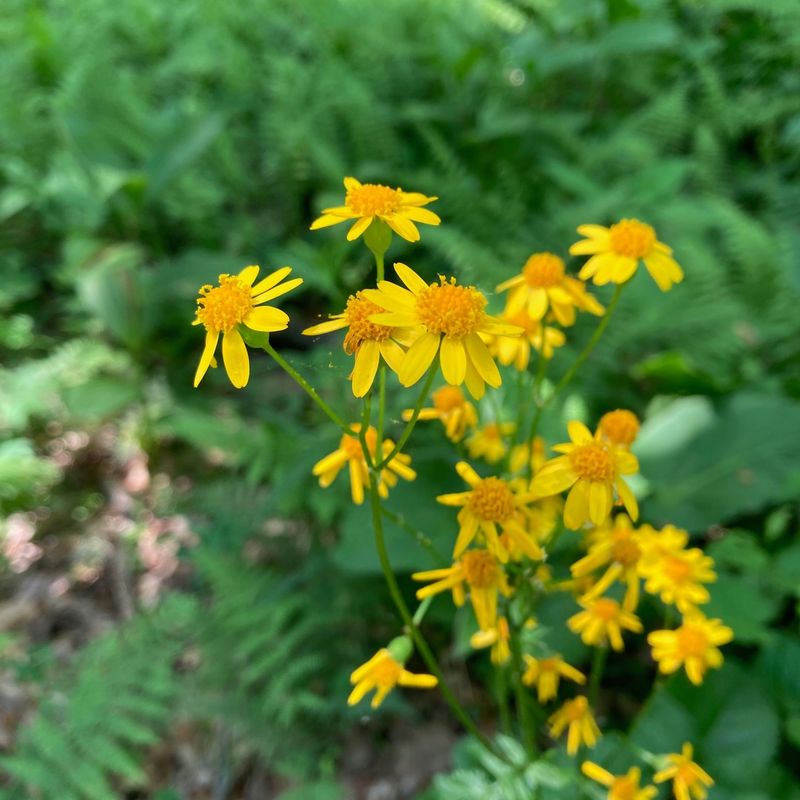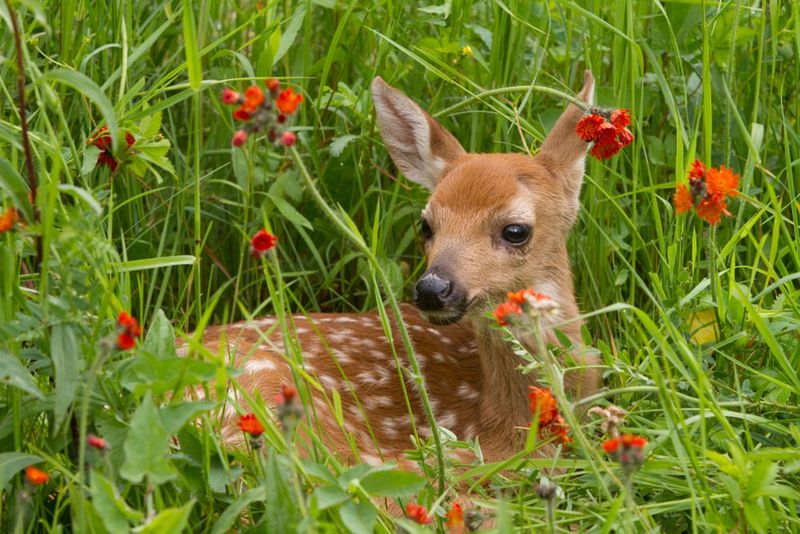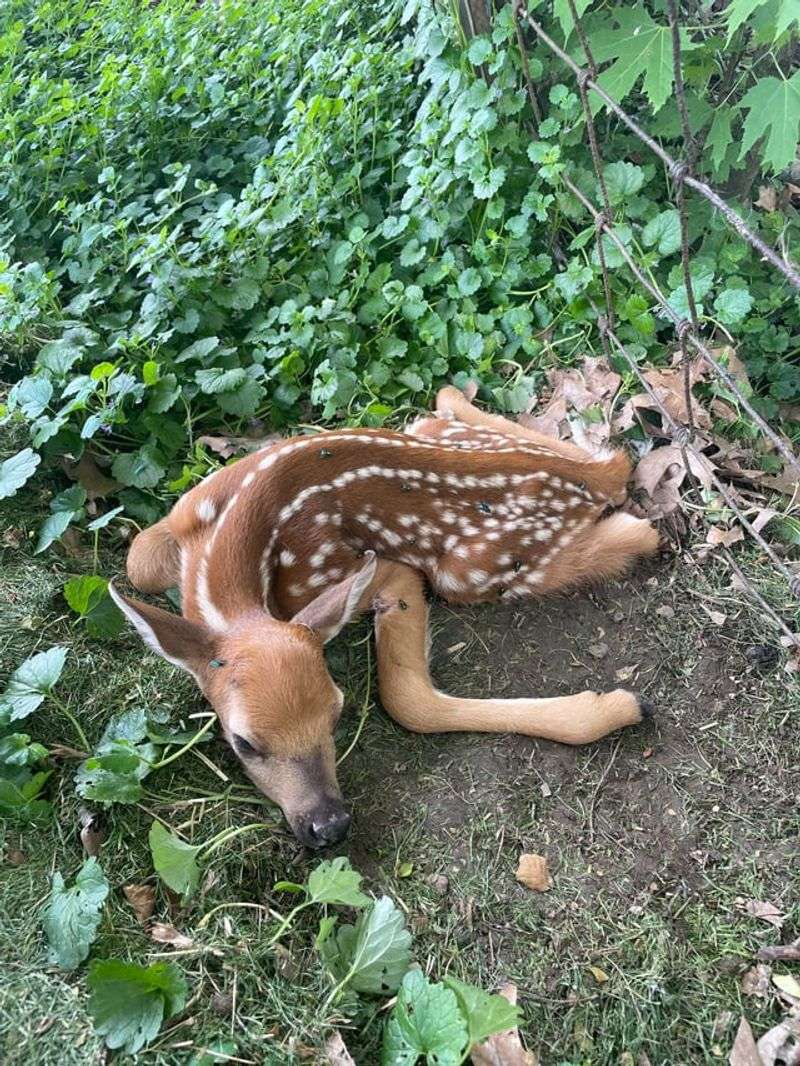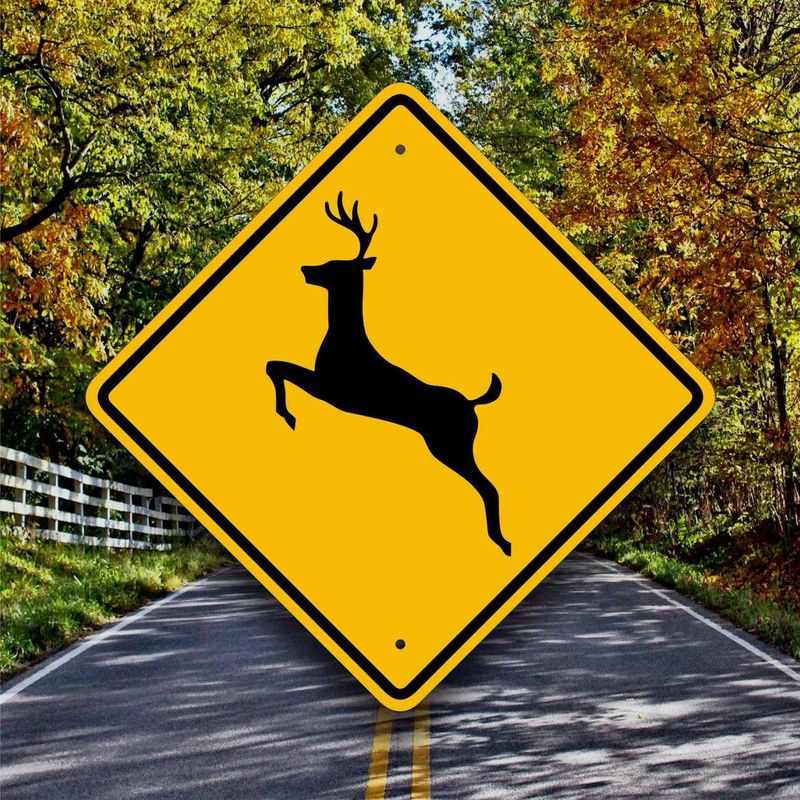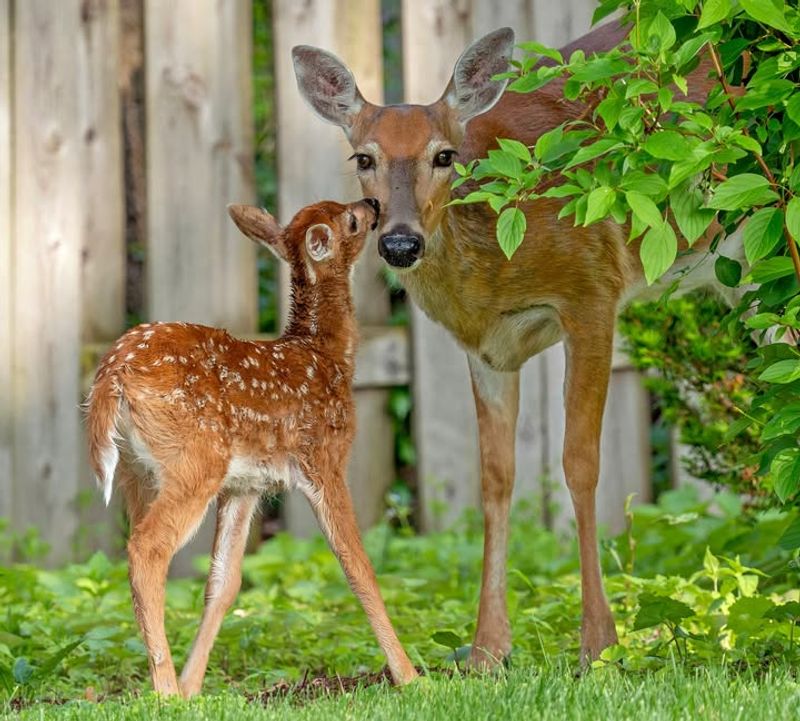Spotting a deer in your Wisconsin yard can be both exciting and challenging. These beautiful creatures are common throughout the state, but knowing how to react when one appears can help keep both you and the animal safe.
Whether you’re a wildlife enthusiast or just trying to protect your garden, these tips will help you handle deer visits effectively.
1. Stay Calm And Keep Your Distance
Wild deer are naturally skittish and may bolt if they feel threatened. Remain still and quiet to avoid startling the animal. Sudden movements or loud noises might cause it to panic and potentially injure itself or damage your property.
Keep at least 50 feet away, especially during spring when mothers are protective of their fawns. Admire these majestic creatures from afar through a window if possible.
2. Document The Visit
Grab your camera or smartphone for a memorable photo opportunity! Wisconsin’s white-tailed deer are beautiful subjects, especially in morning or evening light. Wildlife photography can be incredibly rewarding when done respectfully.
Consider starting a backyard wildlife journal to track deer visits throughout the seasons. Many Wisconsin residents enjoy documenting the growth of fawns into adults over the years.
3. Remove Food Sources
While deer are beautiful, regular visits can lead to garden destruction and tick-borne diseases. Put away bird feeders temporarily, as spilled seed attracts deer. Secure garbage cans with tight-fitting lids to prevent curious deer from investigating.
Remember that feeding deer is illegal in many Wisconsin counties, especially in CWD-affected areas. Natural foraging is healthier for deer populations than becoming dependent on human-provided food.
4. Protect Your Garden
Hungry deer can devastate gardens overnight. Apply commercial deer repellent sprays around the perimeter of your garden beds. Most repellents need reapplication after rain, so check labels carefully.
Consider installing motion-activated sprinklers that startle deer without harming them. Physical barriers like 8-foot fencing work best for valuable plants, as Wisconsin deer can jump surprisingly high when motivated by tasty hostas or vegetable gardens.
5. Plant Deer-Resistant Species
Make your yard less appetizing by incorporating plants deer typically avoid. Aromatic herbs like lavender, mint, and sage naturally repel deer with their strong scents. Native Wisconsin flowers like coneflower, black-eyed Susan, and foxglove rarely attract deer attention.
Create borders of deer-resistant plants around more vulnerable species. Local Wisconsin nurseries often label plants as deer-resistant to help homeowners make informed choices for their landscape.
6. Check For Fawns Before Mowing
During spring and early summer, mother deer often leave fawns hidden in tall grass while foraging. These spotted babies lie perfectly still and are nearly invisible in Wisconsin’s grassy yards. Always check your lawn carefully before mowing between May and July.
If you discover a fawn, leave it alone. Mother deer return periodically to nurse their young. A seemingly abandoned fawn is usually just waiting for its mother to return from feeding.
7. Contact Wildlife Officials If Needed
Sometimes deer may appear injured, ill, or unusually aggressive. The Wisconsin DNR handles wildlife concerns and can provide guidance on specific situations. Save their number (1-888-936-7463) in your phone for quick access during wildlife emergencies.
Never approach an injured deer yourself. Even wounded deer have powerful legs and sharp hooves that can cause serious injury. Let trained professionals handle any deer that appears to be in distress.
8. Drive Carefully, Especially At Dawn And Dusk
Deer visiting your yard likely live nearby and cross local roads regularly. Be extra vigilant when driving, particularly during their most active periods at sunrise and sunset. Wisconsin ranks high in deer-vehicle collisions, with over 20,000 reported annually.
Warn neighbors about deer sightings through community social media groups. This neighborly heads-up could prevent accidents and help everyone be more aware of local wildlife movement patterns.
9. Appreciate The Wildlife Connection
Wisconsin’s landscape has supported white-tailed deer for thousands of years. These encounters offer valuable nature connections right in your own yard. Consider the visit a special moment to share with family, especially children who may rarely see wildlife up close.
Learning about deer behavior and ecology can deepen your appreciation for these animals. The Wisconsin DNR website offers excellent resources about white-tailed deer biology, habitat needs, and conservation efforts.

